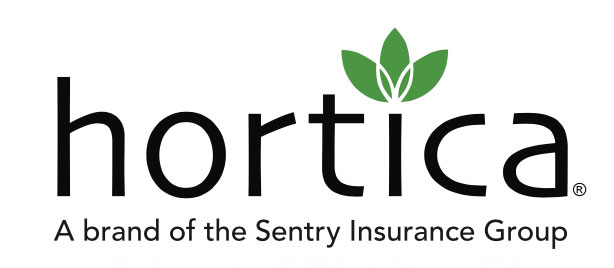How to Decide Whether to Build a New Greenhouse Structure or Retrofit an Existing One
 Note: This article is the second in a series in which Greenhouse Grower and L.L. Klink Greenhouse Solutions (a national sales and service greenhouse provider) are partnering to provide you with information on how to most efficiently manage your greenhouse. Check out the first article in the series, “The Benefits of a Greenhouse Maintenance Plan and Checklist, here.
Note: This article is the second in a series in which Greenhouse Grower and L.L. Klink Greenhouse Solutions (a national sales and service greenhouse provider) are partnering to provide you with information on how to most efficiently manage your greenhouse. Check out the first article in the series, “The Benefits of a Greenhouse Maintenance Plan and Checklist, here.
The decision to retrofit a greenhouse versus building a new one can mean several different things. Typically, when we at L.L. Klink Greenhouse Solutions discuss retrofitting a greenhouse, we are referring to structural and glazing upgrades that can include such things as changing the glazing from one type to another, raising a greenhouse, adding passive ventilation, etc. This can include all different types of other work, from benching to shade systems as well as upgrading environmental controls. Retrofitting is ultimately based on maintaining the existing footprint without breaking new ground.
It’s hard to match the efficiencies that a demolition and new build can provide. Unfortunately, new builds usually come with a fairly large price tag, and it’s not the greenhouse that drives up the price. Anyone who has built a new greenhouse recently has probably said the words “over budget” more than once. Many factors are driving prices of new building up, especially for those who have had to deal with current building codes or increasing material pricing. Engineering, site work, electrical, and plumbing are a few added costs that need to be considered when considering building new. Also, scheduling downtime is very important, so supply is not interrupted.
Benefits of Retrofitting
Retrofitting a greenhouse doesn’t usually supply all the efficiencies of new construction, but it does have some advantages that are worth considering, including:
• Less Expensive Way To Increase Profits: Growers can often use the existing structure/foundation, and the installation of better glazing systems as well as more efficient heaters to reduce energy costs.
• Working In the Known: Planning a new greenhouse from the ground up involves a lot of details a grower/operator may not deal with on a daily basis (different style houses/ventilation, glazing material options, environmental controls, navigating through possible engineering and permitting to achieve desired output, etc.), while you know what you have with your existing greenhouse.
• Improve Product Yield: Examples of this include improving crop environment via extra ventilation like side and ridge vents and/or roll-up curtains. The addition of rolling benches, which can add up 25% more production space, and conversion of glass to diffused polycarbonate, can improve crop yield, heating efficiencies, and reduce plant as well as employee stress.
New Build Benefits
• Customized (Made To Fit) Solution: The ability to design/execute a greenhouse environment for optimum plant growth/yield without any existing barriers that an existing greenhouse may have.
• Reduced Construction Time: In some cases, construction of a new structure is more efficient due to lack of existing equipment (e.g., benching, heaters, fans, etc) and product that the greenhouse construction company will have to work around.
• Increase Productivity: The ability to introduce new technology focused on increasing thruput and/or reducing cost
A Five-Step Roadmap for Deciding on a Retrofit or New Build
1. Identify/quantify your end goal(s): Improved labor efficiency, increase crop yield, reduce operating/energy costs, improve safety, etc.
2. Address any key factors impacting either a new build or retrofit project
3. Build a comparative budget and timeline between a new build or retrofit approach. For this step, engage a reputable greenhouse design and/or construction company, such as L.L. Klink Greenhouse Solutions; include the cost of any production down time associated to retrofit; and add contingencies for both a new build (e.g. unforeseen ground conditions) and a retrofit (e.g., equipment not operating at optimal conditions).
4. Determine a go-forward strategy utilizing the factors/information you’ve captured
5. Measure the actual to planned results and plan accordingly for your next project.
Key Considerations for a Retrofit or New Build Key
• Age/condition of existing greenhouse and equipment
• Local building code impact (new build or retrofit)
• Existing greenhouse layout: will it support your vision?
• Future expansion opportunities
• Timing: Interruption of production in existing space during retrofit vs. new build
• Expansion of storage space need to accommodate increased yield or production space
Finally, remember that greenhouse maintenance and safety is key to the success of any project. Check out the first article in this series for tips on setting up a maintenance and safety plan checklist.










